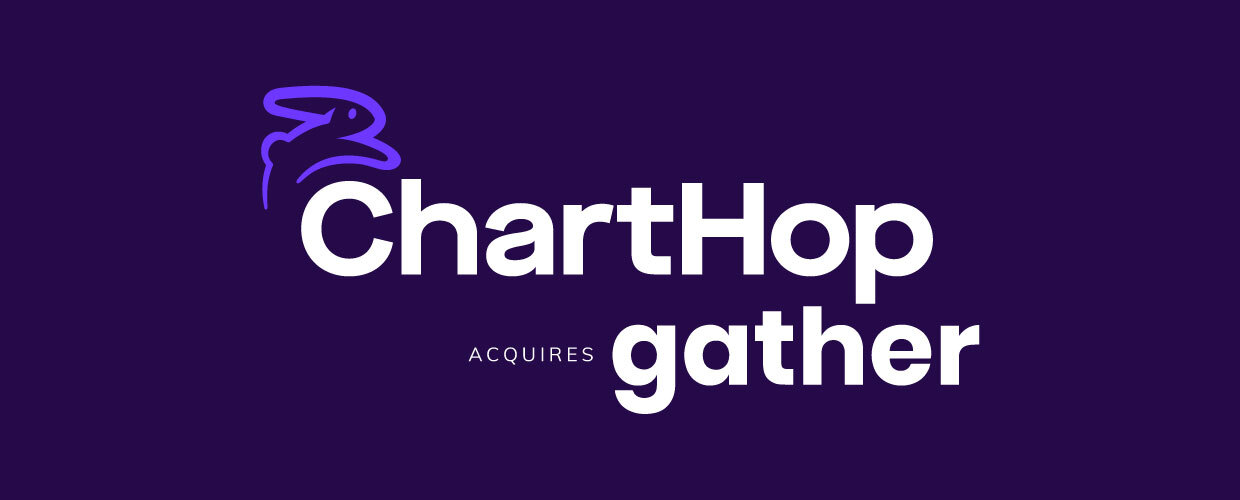I am thrilled to announce that ChartHop has completed our first acquisition: Gather, a people operations platform for Slack-based teams to help coordinate the employee experience at scale.
Gather’s entire team is joining ChartHop, and they will be leading the full-scale release later this year of our upcoming automation and workflows product, which will build on the best of ChartHop and Gather.
Gather’s existing customers (many of which are also ChartHop customers!) will continue to use Gather through the end of the year, by which point ChartHop will have fully absorbed Gather’s workflows and capabilities.
Gather also has a popular newsletter, People Ops Weekly, that offers some of the best and most actionable People Ops content out there – and we will continue to invest in and grow that community.
How We Got Here
I founded ChartHop to make it easier to understand and support everyone in the organization by bringing people data to life. Three years later, that mission remains at the core of everything we do, and the need for it has only become more apparent.
Around the same time, Gather was founded based on a vision for the future of work that put people first. Since then, they’ve developed extensive automated workflows to support key moments in the employee experience, including onboarding, parental leave, work anniversaries, and more.
From the moment I first met Gather’s founders, we quickly recognized that our missions were aligned and that they would be able to help us deepen our focus on great employee experience.
Bringing Gather into the ChartHop family is a natural fit. From the beginning, we’ve built our platform to bring data to life and make it actionable and accessible.
Incorporating Gather’s automated workflows into the ChartHop platform will bring a new set of powerful capabilities and streamlined processes to the place where People Ops teams and employees are already working.
What’s Next for ChartHop
ChartHop’s acquisition of Gather is the latest step in our mission to create better experiences for employees, and there will no doubt be more to come.
We are working hard to build a platform that helps People leaders and their organizations grow while effectively supporting their people, and we could not do that without the ongoing support and feedback from the People Ops community.
Thank you, Gather team, for joining us on this journey!






